Parent PLUS or Minus: Promoting Access or Putting Parents at Risk?, 11:30 a.m. - 12:30 p.m.
By Allie Arcese, Sr. Director of Strategic Communications & Engagement
By Allie Bidwell, NASFAA Senior Reporter
The function of the Parent PLUS Loan program can be a double-edged sword, according to a Wednesday morning panel. While on the one hand the extra money can help bridge the gap for some families, it can have negative consequences for low-income families that may struggle to repay the loan later on.
The panel—moderated by Colleen Campbell of the Center for American Progress—focused on what we know about PLUS Loan borrowers, who is most at risk to not repay their loans, what institutions can do to best prepare and counsel borrowers, and how policymakers can make adjustments to better serve students and their families.
Rachel Fishman of New America shared some data from research the company has conducted on PLUS borrowers. About 1 in 6 PLUS borrowers, they found, had a zero Expected Family Contribution (EFC). What’s more, while black borrowers made up just 15% of all PLUS borrowers—white borrowers comprised 63%—about one-third had a zero EFC, which Campbell described as “one of the most troubling” statistics.
Additionally, Trellis found, the PLUS Loan program is the only federal loan program that is still increasing in volume.
Justin Chase Brown of the University of Nebraska-Lincoln said that “as you can see, PLUS Loans are problematic” and that they present an ethical dilemma for financial aid professionals on whether to pre-package PLUS Loans. His institution, he said, notes on award notifications that PLUS Loans are available, but borrowers must contact the aid office to apply for one. At that point, he said, financial aid administrators can advise and counsel potential borrowers to ensure they know what options are available.
Kevin Fudge of American Student Assistance said it was not the original intent of the program to use PLUS to give access to low-income students. He also urged attendees to think about how to define access—not just as getting into college, but also getting through their programs and repaying their loans.
Fishman said that among lawmakers, stances on PLUS Loans generally fall into two camps: capping the program or expanding income-driven repayment (IDR) plans to include Parent PLUS Loans.
“I find neither to be a satisfactory policy solution,” she said. “Parent PLUS Loans are trying to solve the access problem, and I think they shouldn’t. The more we kick the can down the road, the longer it’s going to take,” she said, to have a larger conversation about access and the cost of college.
Investing in the Pell Grant program to bring the price down for students could help, she said. Limiting the loans, she said, still won’t help families with a zero EFC, because they may still borrow and still struggle.
“Just because it’s limited doesn’t mean anything,” she said.
IDR, on the other hand, exists because federal loans to students are an investment in human capital, assuming students will gradually earn more over the life of the loan, and if they don’t, there is a sort of insurance available to forgive remaining loan balances. Taking out a PLUS loan, however, will not change a parent’s income, Fishman said.
While expanding IDR “sounds like a great solution,” she said, “it’s not really solving the underlying issues with the program.”
Publication Date: 6/26/2019
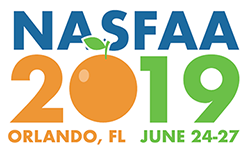
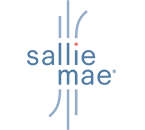

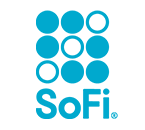


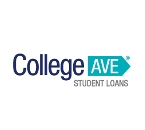



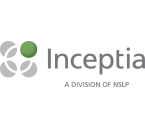
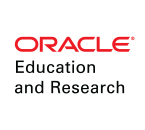
You must be logged in to comment on this page.